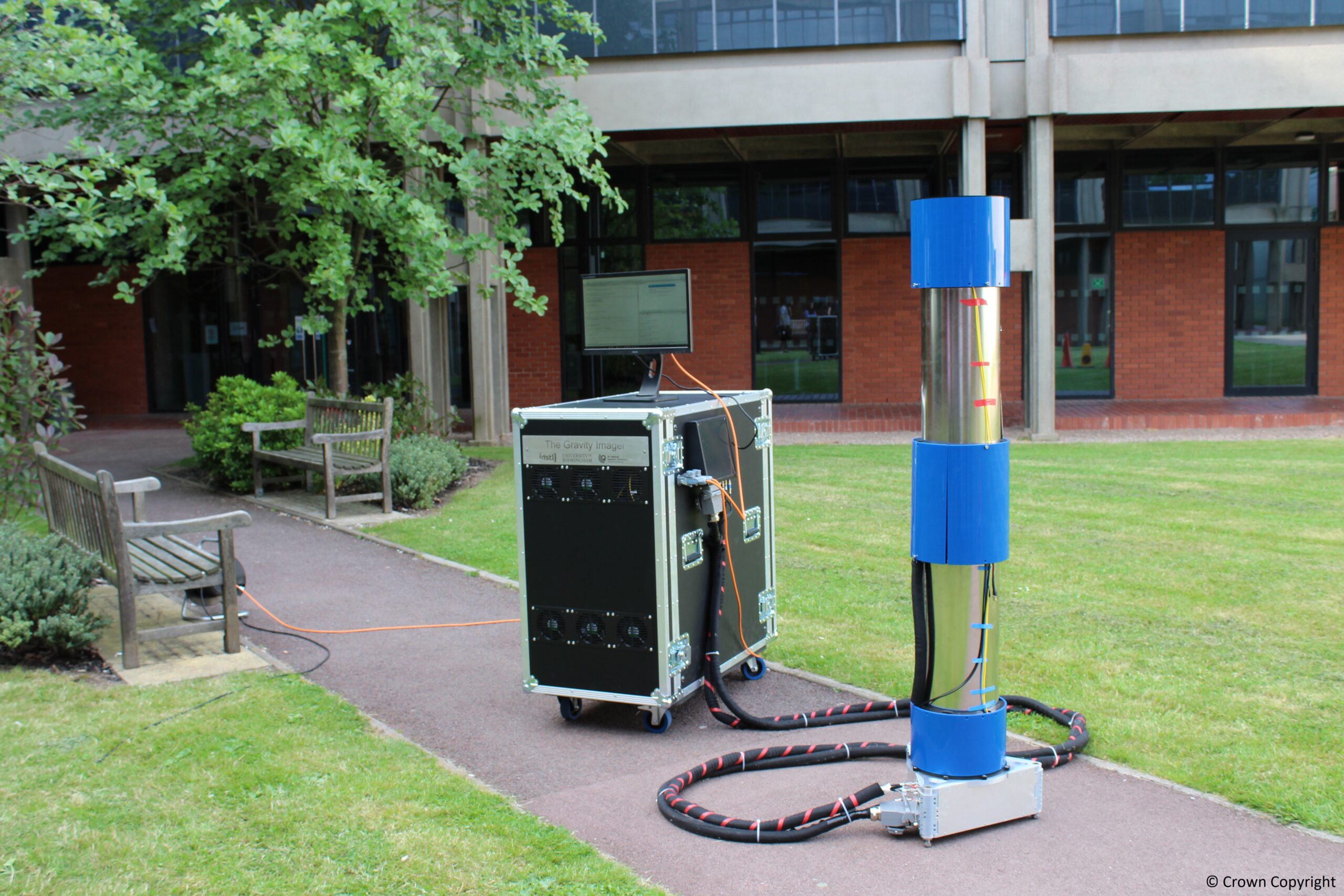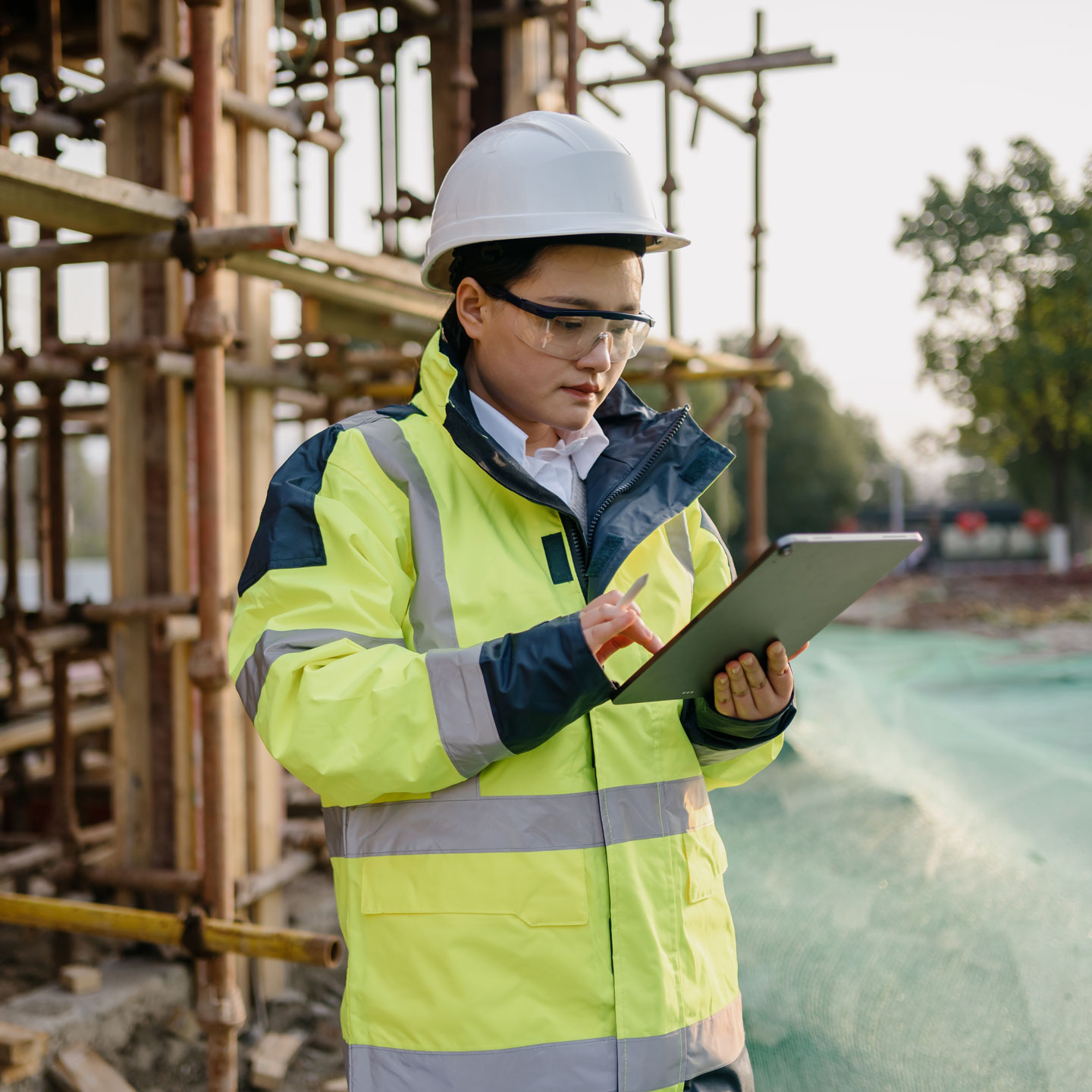A new device uses atoms’ quantum weirdness to peer underground
Sensors like this one could monitor magma beneath volcanoes or uncover ancient artifacts

A new device uses atoms’ weird quantum behavior to peer through solid ground. This technology could be used to monitor magma beneath these volcanoes or hunt for buried artifacts from ancient cultures.
Matteo Colombo/Getty Images
When it comes to finding buried treasure, quantum physics may come in handy.
Quantum physics is the science of the very small. It controls the way atoms and even smaller particles behave. These tiny bits of matter don’t play by the same rules as bigger objects. Particles can act like clumps of matter or ripple through space like waves. They can even exist in two places at once.
A new device harnesses this strange quantum behavior to measure Earth’s gravity. Slight changes in gravity from place to place reveal changes in the density of material beneath the sensor. This allows the instrument to detect underground objects. In a first test-run outside, one of these machines spotted a tunnel beneath a street.
Researchers in England reported their success in the February 24 Nature.
“Instruments like this would find many, many applications,” says Nicola Poli. He’s a physicist at the University of Florence in Italy. Poli did not take part in the new study. He was, however, an author of a commentary on the research in the same issue of Nature.
Quantum gravity sensors could be used to track magma beneath volcanoes, he notes. These tools also could help archaeologists uncover hidden tombs or other artifacts. Engineers could even use them to inspect construction sites for unstable ground.

Educators and Parents, Sign Up for The Cheat Sheet
Weekly updates to help you use Science News Explores in the learning environment
Thank you for signing up!
There was a problem signing you up.
Getting a read on gravity
“There are many tools to measure gravity,” says Xuejian Wu. He’s a physicist at Rutgers University in Newark, N.J. Some devices measure how far gravity will pull down a weight on a spring. Others use lasers to clock how fast an object tumbles down a vacuum chamber. But watching atoms in free fall is the clearest, most reliable way to measure gravity, he says. And that’s just what happens inside a quantum gravity sensor.
Inside this device, a cloud of atoms drops down a chute. A pulse of light then splits each falling atom into a weird quantum state. This state is called superposition. In this quantum limbo, each atom can exist in two places at once. The two versions of the atom exist in slightly different positions in Earth’s gravitational field. As a result, the two versions of the atom feel a slightly different downward tug as they fall. A short time later, another light pulse reunites the split atoms. The two versions of each atom now merge back into one.
Here’s where another weird rule of quantum physics comes into play. This rule is called wave-particle duality. It means that atoms don’t just act like particles. They also can act as waves. When the two versions of each atom merge, they overlap like ripples in a pond. As these waves cross over each other, they create an interference pattern. The exact pattern depends on the different downward tugs that the two versions of each atom felt as they fell. That, in turn, depends on the local gravitational field. So the atoms’ interference pattern can be used to measure gravity at the sensor’s location.
Quantum sensors in labs have measured Earth’s gravity very precisely. Their data have helped test Einstein’s theory of gravity, called general relativity. They have also helped physicists measure fundamental constants of nature. But the free-falling atoms inside these sensors are highly sensitive to vibrations from traffic, footsteps and other sources.
Weeding out this background noise often requires gravity sensors to collect data for a long time. That has limited the sensors’ use outside the lab, says Michael Holynski. He’s a physicist at the University of Birmingham in England.
He and his colleagues have now come up with a trick to remove noise from their gravity measurements. Their new sensor drops not one, but two clouds of atoms. One cloud is dropped one meter (a little more than three feet) above the other. That allows the sensor to measure gravity’s strength at two different heights in the same place. Comparing those measurements lets the researchers cancel out any effects of background noise.

Leaving the lab
To test the sensor, Holynski’s team wheeled it over an underground tunnel. The floor of this concrete tunnel was two meters (6.6 feet) wide and its ceiling two meters high. It lay beneath a street between two buildings. The quantum sensor measured gravity every 0.5 meters (1.6 feet) along a line over the tunnel. Those data matched the outputs from a computer model. That model had predicted the gravity signal of the underground tunnel based on its structure. The model had also accounted for other factors that could affect the local gravity field, such as nearby buildings.

The new machine proved much less sensitive to vibrations than other quantum sensors. This allowed it to make its measurements very quickly. It could probably measure gravity anywhere it is parked in less than two minutes, the researchers say. Other gravity probes take 10 times as long.
Since the tunnel test, the researchers have built a smaller version of their sensor. The new one weighs about 15 kilograms (33 pounds) — much lighter than the 300-kilogram beast used to detect the tunnel. Future upgrades could boost the gravity sensor’s speed.
Nicole Metje imagines building a quantum gravity sensor that could be pushed around like a lawn mower. Metje is an engineer on the Birmingham team. But portability isn’t the only challenge for making these tools more user-friendly, she says. “At the moment, we still need someone with a physics degree to operate the sensor.”
So, bad news for hopeful beachcombers. They may be waiting a long time to swap their metal detectors for quantum gravity sensors.
This is one in a series presenting news on technology and innovation, made possible with generous support from the Lemelson Foundation.







